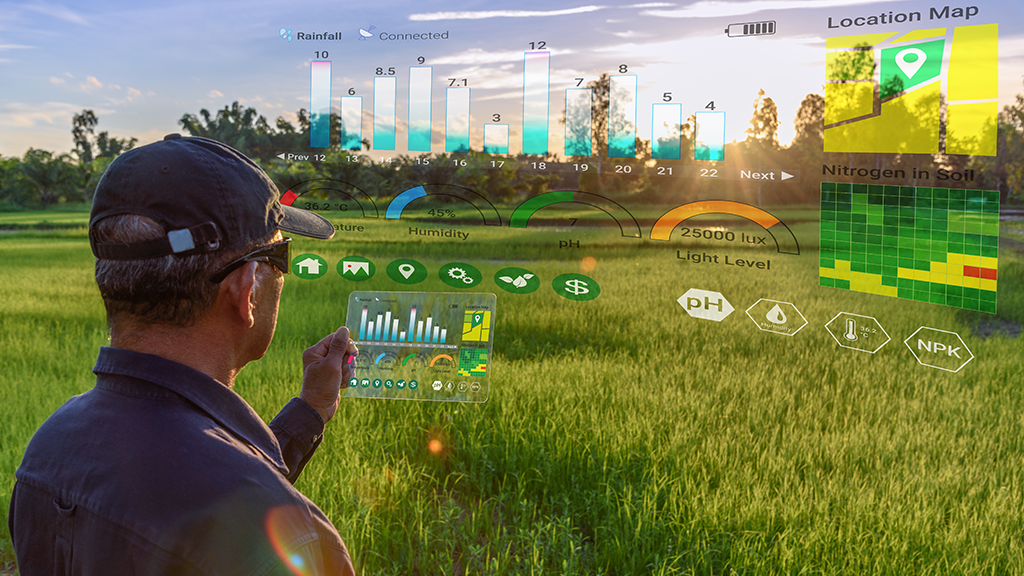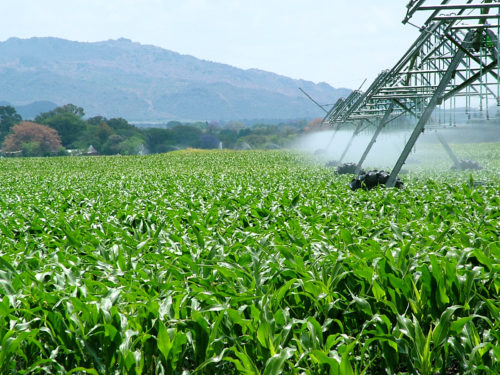



The beginning of a new year is the best time to look back the previous year and make predictions for the next year. Starting a new decade, it’s important to think about how agricultural activities will take shape in the coming years. In fact, with the increase in population and consequently the need for food, 2050 seems to be a very critical year for agricultural sector. It is seen that the nutritional needs for the human population, which is expected to reach 10 billion in 2050 [1], the inadequacy of the agricultural areas damaged by climate change and unplanned urbanization, and the decrease in agricultural productivity are seen as dangers that we feel a little bit even nowadays and we will face even bigger ones in the future unless necessary steps are taken. Considering that there are only 30 years to 2050, it is obvious that people have a hort time to put their thinking cap on, to look over and update agricultural policies.
The next 10 years are expected to bring some exciting developments, opportunities and challenges. Some of them are given below.
Technology
Although the current technological developments have reached an astonishing point, it is difficult to obtain continuous and daily results due to the narrow margins, high costs and limitations of use. With new developments in artificial intelligence, machine learning, sensors, IoT (Internet of Things) and data management, these technologies will be commonly used daily at lower costs. According to the results of the Global Artificial Intelligence Analysis in the Agricultural Market Analysis [2] conducted by BIS Research, it is predicted that the market will grow by 28% in the 2019-2024 period.
Automation
Thanks to broadband access in rural areas and the increase in technological informations, automation will be used in equipment, implementation and decision-making over the next decade and it seems to be revolution. The agricultural IoT market, which was recorded as $11.2 billion in 2018, is expected to reach $20.9 billion by 2024.
Apart from autonomous cars and tractor models, it will be possible to see a wide range of automations in the coming years: Automatic irrigation systems based on weather and crop conditions, automatic storage fans and temperature controls, early warning/alerting systems for potential hazards to production or marketing, automated job creation etc.
Size
There will be changes in “sizes” in the coming years. Because there will be a transition from older generation farmers to younger and new generations. Therefore, it will not be surprising that large changes in many sizes, from equipment to farm widths, from crop amounts to number of workers, will occur depending on the needs and opportunities of new generation farmers.
Will farms be more apt to consolidation and getting larger? Will it be possible to create marketing opportunities that attract consumer interest for smaller farms? As farms get larger, will there be a reduction in price fluctuations thanks to the use of precision technologies, risk management and a more reliable global production scale? Will the business areas decrease as migration from rural areas to urban areas continues over the next decade? We have many unanswered questions about what will happen in the next decade.
Transparency
Particularly in the last few years, terms such as blockchain, consumer demands, regulation and transparency have remained at the forefront. With the ease of collecting data from the farm, more specific consumers will be attracted to food, fiber or fuel sources/products. Interests and conserns remain about climate change and water resources around the world. The importance of providing statistics continuously, monitoring the productions/consumptions of farms and conducting productivity analyzes is also critical in this regard. As a result of all these information systems being constructed and kept up-to-date, a planned operation in production and consumption will be realized in addition to accelerating the control, insurance and financing processes.

What roles can geomatic engineers play in agricultural technologies?
The knowledge and skills of geomatic engineers are needed in many areas of agricultural technologies mentioned above. Various remote sensing techniques are used to determine/monitor soil moisture, nitrogen content, humidity, sunlight level and other components. Geodetic surveying techniques and computation methods will be needed to determine, coordinate and distribute the desired amount of seed and water to the desired points quickly and precisely. It is essential to build a geographical information system for the collection, classification, analysis and presentation of the collected data.
Conclusion
Agriculture is one of the oldest and most basic occupations of humanity. As a result of facts such as the enormous increase in human population since the 1950s, urbanization, climate change and food waste alarm bells began to ring for this ancient occupation and the planet. In order to overcome this, it is urgently necessary to increase the quality and efficiency of agricultural production, to monitor production, consumption, water resources, agricultural areas, and to develop policies to reduce food and water waste. Geomatic engineers will be able to find job opportunities in the development and application of these technologies, analysis and presentation of the collected data, as well as other occupational groups.
REFERENCES
Main Reference
Other References
[1] http://www.blogteb.com/2050-yilinda-10-milyar-insan-nasil-beslenecek-tarimsal-uretimden-perakende-satisa-alinabilecek-onlemler/ [2] https://bisresearch.com/industry-report/artificial-intelligence-agriculture-market.html